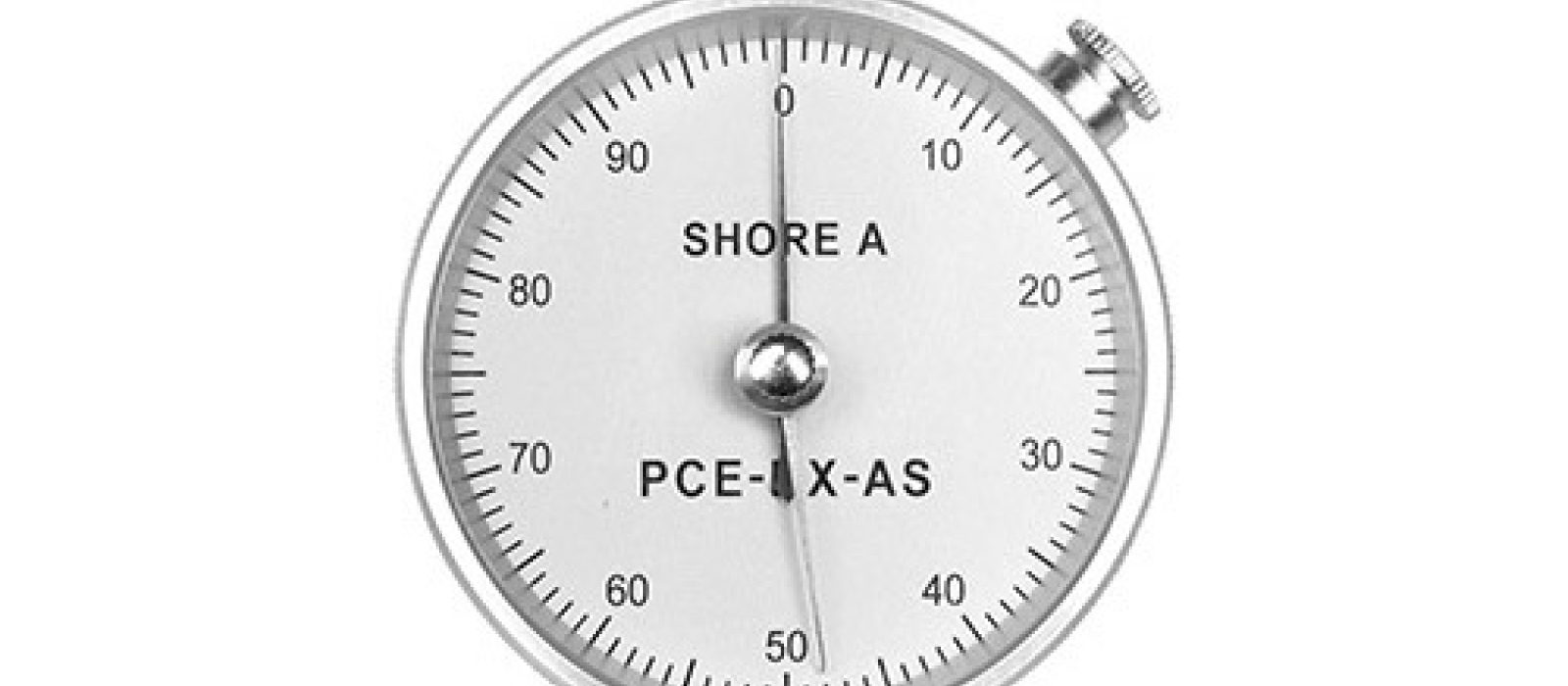
Measuring the Durometer (Hardness) of a Conveyor Belt
Durometer is one of several measures of the hardness of a material. It can be identified as a material’s resistance to a permanent indentation or it can be identified as a material’s resistance to penetration of a sharp object.
Durometer measures the depth of an indentation in the material created by a given force. Ideally, the material under test should be a minimum of 6.4mm or .25 inches to ensure accuracy.
The term durometer is often used to refer to the measurement as well as the instrument itself.
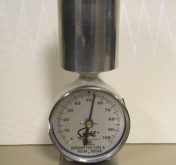
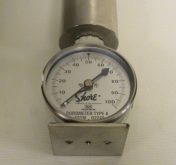
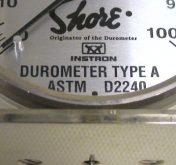
The durometer scale was defined by Albert F. Shore, who developed a measurement device to measure Shore hardness in the 1920s.
Durometer is typically used as a measure of hardness in polymers, elastomers, and rubbers. When measuring the hardness of polymer, elastomer, or rubber in a conveyor belt, it is very important to ensure that the measurement device is only penetrating the material being tested. If the penetration contacts the strength member (fabric) of the belt, it will not be measuring the elastomer, polymer, or rubber. So, whenever possible the test should be done from the side of the belt, penetrating horizontally.
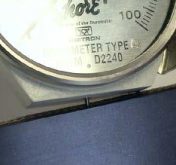
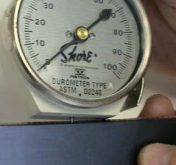
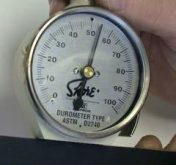
The ASTM D2240-00 testing standard calls for a total of 12 scales: types A, B, C, D, DO, E, M, O, OO, OOO, OOO-S, and R. Each scale results in a value between 0 and 100, with higher values indicating a harder material. The two most common scales are type A (Shore A) and type D (Shore D).
For polymers, elastomers, and rubbers used in conveyor belting, the most common scale is type A (Shore A).
Material Durometer Scale
| Material | Durometer | Scale |
| Bicycle Gel Seat | +/- 25 | OO |
| Chewing Gum | +/- 20 | OO |
| Rubber Band | +/- 25 | A |
| Door Seal | +/- 55 | A |
| SBR rubber in belting | +/- 60 | A |
| Automotive tire tread | +/- 60 | A |
| PVC (thermoplastic) in belting | +/- 70 | A |
| Soft wheels of roller skates | +/- 78 | A |
| Polyurethane (PU) in belting | +/- 90 | A |
| Hard wheels of a skateboard | +/- 98 | A |
| Solid truck tires | +/- 50 | D |
| Hard Hat (typically HDPE) | +/- 75 | D |
In conveying applications, the durometer or hardness of the polymer, elastomer, or rubber surface of the conveyor belt is particularly relevant to:
- The flexibility of the conveyor belt over the end rollers
- The coefficient of friction (COF) of the surface
Essentially, a lower/softer durometer will be more flexible and will have a higher COF. A higher/harder durometer will be less flexible and will have a lower COF.
CAUTION: Do not draw an assumption regarding conveyor belts that a higher durometer is generally better or worse than a lower durometer. It all depends on the conveying application and other characteristics of the belt. (i.e. oil resistance, abrasion resistance, etc.).
All Blog Posts
A Sparks representative can help you to determine the appropriate hardness for you conveyor belt.
Speak with Us Today